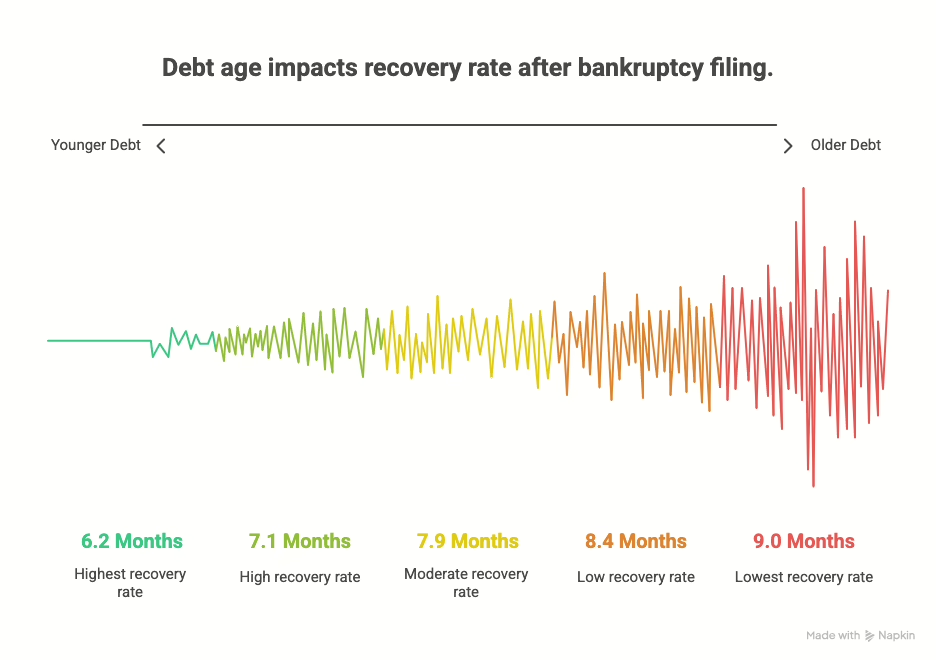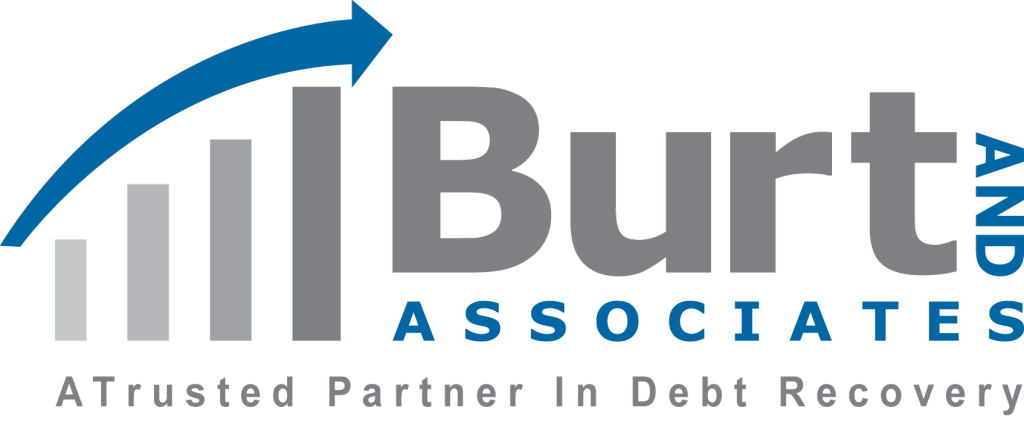The Growing Burden of Small Business Debt
Small businesses are the backbone of the U.S. economy, making up 99.9% of all businesses and employing nearly half of the private workforce. However, maintaining financial stability remains a major challenge. According to the Global Findex Database 2021, small business debt has continued to rise due to economic uncertainty, high-interest rates, and cash flow constraints.
Access to credit can be both a lifeline and a potential pitfall for small business owners. While financing helps businesses expand, manage operational costs, and navigate economic downturns, excessive debt can lead to financial distress and collection actions.
Key Trends in Small Business Debt: Insights from the Global Findex Database
1. The Rise in Business Borrowing
The Global Findex Database reports that in 2021, nearly 45% of small businesses relied on credit to finance operations, with many turning to banks, alternative lenders, and trade credit.
- Bank Loans: Traditional bank loans remain the most common source of financing, but approval rates have declined by 8% post-pandemic.
- Alternative Lending: Online lenders and fintech platforms have increased their market share through easier approval processes.
- Trade Credit: Suppliers extend longer payment terms, leading to higher outstanding receivables.
💡 More small businesses are borrowing, but many struggle with repayment, increasing the need for commercial debt collection services.
2. Late Payments and Default Rates on the Rise
Late payments are a significant risk factor for small business debt accumulation. According to U.S. Small Business Administration (SBA) data, over 30% of small business invoices are overdue by over 60 days.
- Impact of Late Payments: Businesses facing delayed payments often experience cash flow shortages, difficulty meeting payroll, and operational disruptions.
- Default Rates: The delinquency rate on business loans rose to 2.1% in Q3 of 2023, up from 1.5% in 2022.
💡 Proactive accounts receivable management and commercial debt collection services can help prevent unpaid debts from escalating into legal disputes.
3. Regional Debt Trends: The U.S. Perspective
While small business debt is a global issue, U.S.-based businesses face unique challenges:
- Higher interest rates: The Federal Reserve’s interest rate hikes have made borrowing more expensive, increasing monthly debt obligations.
- Sector-Specific Debt Growth: Retail, hospitality, and construction businesses are seeing the highest increases in outstanding debt.
- Increased Reliance on Short-Term Credit: More businesses use credit cards or merchant cash advances, leading to higher interest costs.
💡 Small businesses must balance the need for credit with sustainable repayment strategies to avoid financial distress.
Financial Challenges Small Businesses Face
1. Lack of Cash Flow Management
The Global Findex data highlights that many small businesses lack formal cash flow management strategies, leading to higher debt accumulation.
- 58% of small businesses struggle with cash flow shortages, often due to late-paying clients and unforeseen expenses.
- Only 30% have access to emergency funds, making them vulnerable to financial shocks.
💡 Small businesses should prioritize invoice tracking, enforce strict payment terms, and use commercial debt collection services when necessary.
2. Difficulty Accessing Affordable Credit
- Traditional banks reject nearly 50% of small business loan applications due to low credit scores or insufficient financial history.
- Alternative lenders charge higher interest rates, increasing the risk of long-term financial strain.
💡 Businesses should explore government-backed loan programs or invoice financing as alternatives to high-interest borrowing.
3. High Levels of Unpaid Invoices
According to the Findex report, overdue invoices are a leading cause of business debt:
- 80% of small businesses experience late payments.
- 45% of unpaid invoices go beyond 90 days, making recovery more challenging.
💡 Implementing a strong accounts receivable process, setting clear payment terms, and working with a commercial collection agency can ensure faster payment recovery.
How to Manage Small Business Debt Effectively
To stay financially healthy, small business owners should take the following steps:
✅ Strengthen Credit Policies
- Conduct thorough credit checks before extending payment terms.
- Set clear payment terms and enforce penalties for late payments.
✅ Monitor Accounts Receivable
- Automate invoice tracking software to follow up on overdue payments.
- Establish a payment reminder system to encourage early payments.
✅ Work with a Commercial Collection Agency
- Early intervention is key: Engage a business debt collection agency before an overdue account turns into bad debt.
- Legal expertise: A commercial collection agency like Burt and Associates can handle negotiations professionally.
✅ Consider Debt Restructuring
- Refinancing high-interest loans can reduce monthly payments.
- Debt settlement may be an option for businesses struggling with multiple creditors.
✅ Build a Financial Cushion
- Establish an emergency savings fund to cover unexpected expenses.
- Diversify revenue streams to reduce reliance on credit.
Taking Proactive Steps for Financial Stability
The Global Findex Database 2021 reveals that small business debt is rising, with many businesses struggling with late payments, high borrowing costs, and cash flow shortages.
By implementing strong credit policies, monitoring accounts receivable, and leveraging commercial debt collection services, businesses can stay financially healthy in 2024.
💡 Need help recovering unpaid invoices? Contact Burt and Associates, the trusted leader in business debt collection, to safeguard your cash flow today!
📞 Call now or request a consultation.
Navigating small business debt doesn’t have to be overwhelming. By implementing proactive strategies and leveraging expert support, you can strengthen your financial position and ensure long-term stability.
At Burt and Associates, we specialize in commercial debt collection solutions tailored to your industry’s needs. Whether you’re dealing with overdue invoices, managing high accounts receivable, or seeking guidance on debt recovery, our team is here to help.
✅ Reduce unpaid invoices and improve cash flow
✅ Minimize financial risks with strategic debt recovery
✅ Protect your business relationships with professional, ethical collections
💡 Don’t let outstanding receivables hold your business back. Contact us today to learn how our customized approach can help you recover what’s owed—efficiently and professionally.
📞 Call us now or request a consultation to take the first step toward a healthier bottom line.
Let's Work Together to Optimize Your Business!
At Burt and Associates, we specialize in business-to-business (B2B) debt collection, prioritizing strong business relationships and tailored ethical recovery practices. Choose the approach that best fits your needs, and let’s take the first step toward improving your cash flow.
If you’re ready to discuss your overdue accounts and explore customized solutions, schedule a free consultation with one of our experts.
Schedule an Appointment.
Commercial Collection Topics
- Identifying Past-Due Accounts: A Guide for Business Owners and Financial Managers Late payments and past-due accounts can strain your business's cash flow and hinder growth. In this guide, we dive into...
- Avoiding Common Debt Collection Pitfalls Managing debt collection can be a challenging process for businesses, with legal requirements and common mistakes often creating obstacles. In...
- The Power of Promptness In the world of commercial debt collection, time is undeniably of the essence. Picture this: a business extends credit to...
- In-House Debt Collection Training Learn how to train your internal debt collection team and recognize the signs that it’s time to escalate accounts to...














